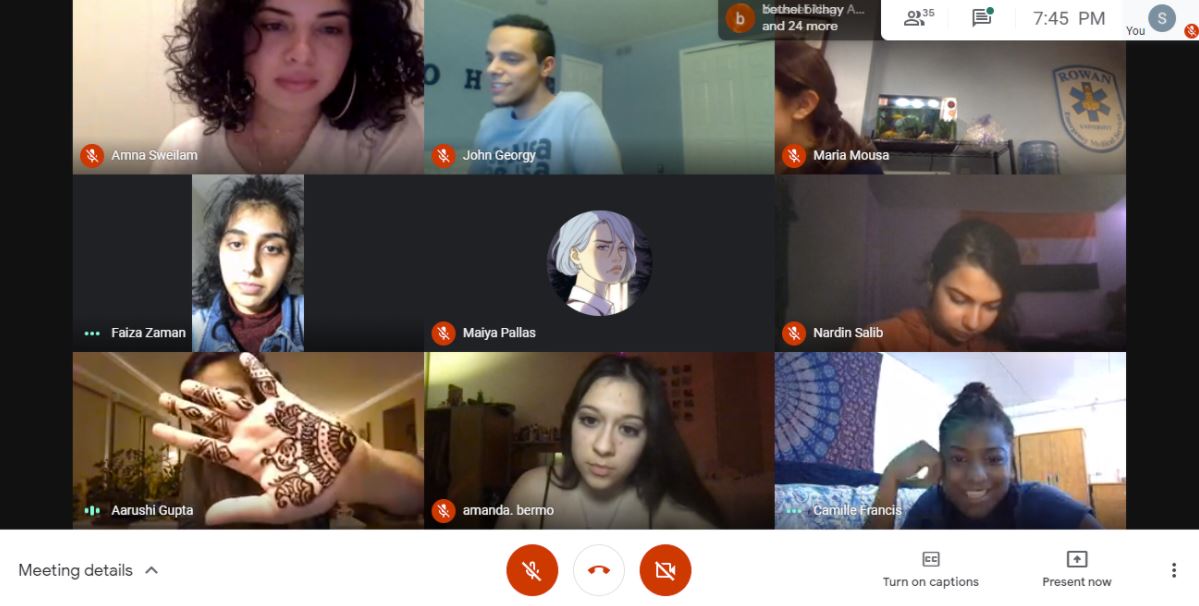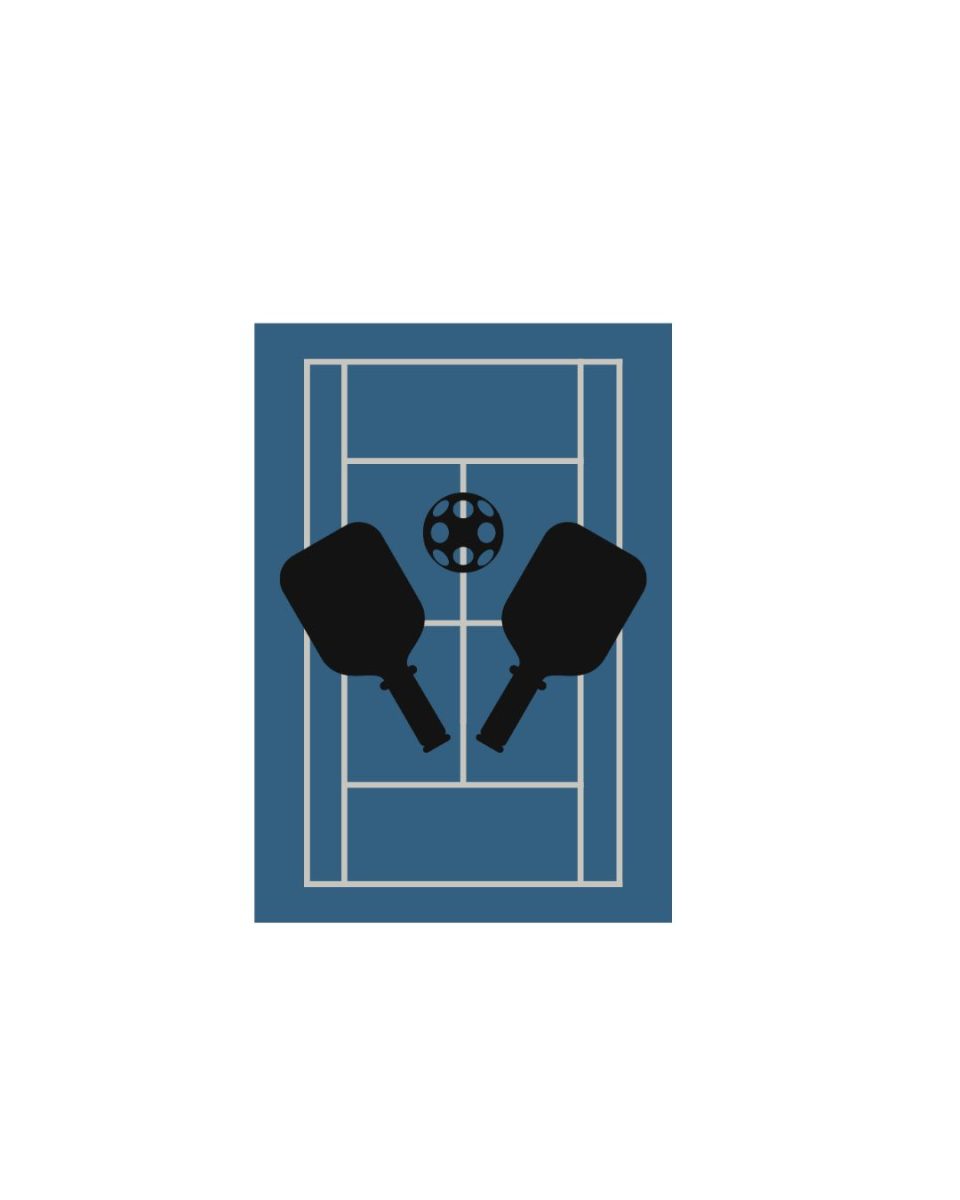Rowan University students learned about the history of henna, its cultural significance and how to draw their own custom designs during a virtual event held by the Rowan Arabic Culture Club (ACC) on Wednesday, Feb. 24.
Following the event’s introduction, where ACC described itself as a group created four years ago to promote Middle Eastern culture and break associated stereotypes, the event began with a presentation about the history behind henna.
Amna Sweilam, an ACC event organizer, explained that henna is a dye that comes from a plant. It is created by taking the plant’s leaves, compressing them into a powder and mixing it with water. Natural acids, such as lemon juice, are then used to change the color of the henna.
Originating in Egypt nearly 9,000 years ago, henna is most commonly used to decorate the skin, color hair and fingernails and stain fabric.
“Henna is significant to our culture because we use it in celebratory occasions – most frequently in weddings,” Sweilam said. “It symbolizes good health and prosperity in marriage.”
Following the education session, ACC member Faiza Zaman demonstrated using henna for attendees, while also sharing technique advice.
“When you do want to use henna,” she explained, “the first thing you want to do is practice your lines.”
Zaman continued to advise beginners, stressing the importance of drawing out the henna design first, before putting it on your – or another person’s – skin. In addition to providing thorough practice, this will save time when actually putting the henna design on a person.
When it comes to designs, Zaman recommended starting with a dot and filling in around it for a simple look, stating that a basic flower is a good beginner design, as it’s hard to mess up. She then demonstrated the process, starting with a dot and expanding it out, adding petals and leaves.
“You don’t want to go too intricate when you’re starting out,” she said. “So, try to do basic shapes.”
Zaman also explained that different designs work better with certain types of hands, stating that floral designs are often more appealing on those with longer fingers.
In addition to design suggestions, Zaman noted that the henna tube, or “piping bag,” should be held by the end — this way you have more control over how much product comes out. She also recommended keeping cotton swabs and tissues with you in order to correct any slip-ups that you may have along the way.
Following the virtual presentation and demonstration, attendees had the opportunity to create their own hennas, thanks to giveaway bags that were provided to them.
The bags, set up by ACC Secretary Halie Hicks, contained a tube of henna, popcorn, Arabic ma’amoul cookies and apple juice, and were available for pickup in the Student Center prior to the event. Photos of henna designs created by various attendees were featured on the club’s Instagram account @rowanacc.
Although ACC has held multiple events in the past, Hicks noted that they had never run something like an interactive henna night. The event was a success, attended by 49 people – an all-time high for the organization.
For comments/questions about this story, email [email protected] or tweet @TheWhitOnline.
























































































































































!["Working with [Dr. Lynch] is always a learning experience for me. She is a treasure,” said Thomas. - Staff Writer / Kacie Scibilia](https://thewhitonline.com/wp-content/uploads/2025/04/choir-1-1200x694.jpg)









































